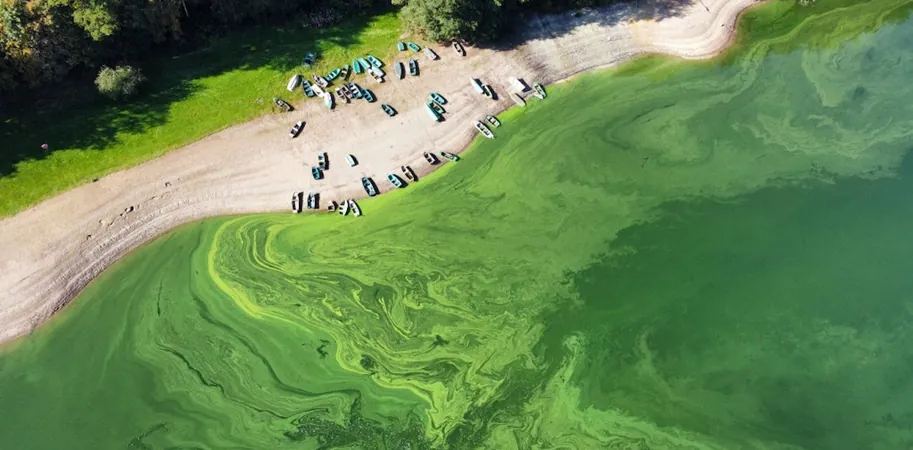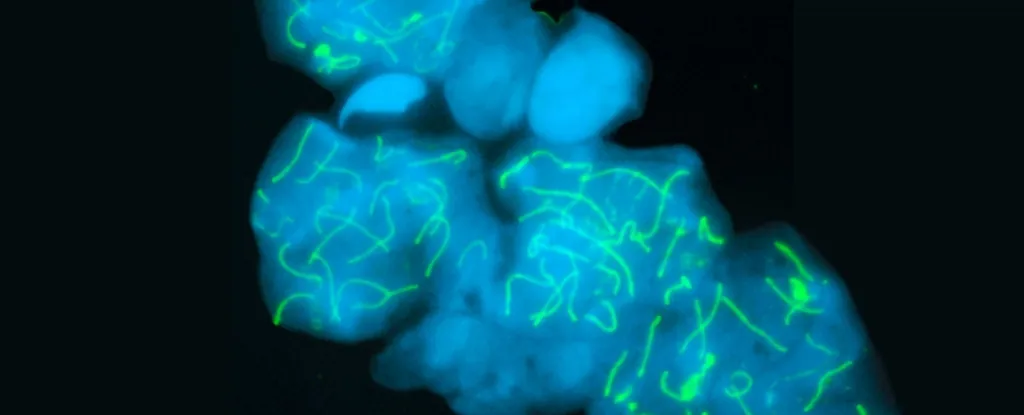
Luxembourg's Cutting-Edge Approach to Detecting Waterborne Microbes Before They Strike
2025-09-17
Author: Wei
Invisible Threats in Our Water Supply
Microbes lurking in our water are like unseen travelers—some of them harbor dangerous diseases. Ensuring that our water systems, from treatment plants to your tap, remain safe and microbe-free is no small feat.
The Challenge of Detection
Microbes distribute unevenly across time and locations, posing a substantial challenge for traditional monitoring methods that involve infrequent sampling. Many contamination events occur rapidly and undetected, especially with low microbial concentration.
Proactive Monitoring: A Game Changer
Continuous monitoring stands as a solution, enabling us to catch potential epidemics before they escalate. In Luxembourg, innovative online initiatives like Microbs and Cyanowatch are paving the way for national-level safety.
Luxembourg as a 'Living Laboratory'
Acting as a practical testing ground, Luxembourg, in collaboration with the Luxembourg Institute of Science and Technology (LIST), is implementing advanced strategies to shield citizens from toxic bacteria and viral threats, especially during a pandemic.
Water’s Journey: A Continuous Cycle
From natural sources to treatment plants and ultimately to your taps, our water goes through a comprehensive cycle. Throughout this journey, dedicated observatories equipped with cutting-edge sampling tools are consistently monitoring microbial quality.
Managing Public Health Risks in Real Time
These observatories allow us to continuously assess health risks for the public, facilitating prompt and informed decision-making.
Confronting Microbial Challenges
As global shifts intensify microbial threats, the stakes have never been higher. Factors such as climate change, population growth, and agricultural practices mix to increase human and animal pathogen interactions.
Toxic Algal Blooms and Emerging Viruses
Cyanobacteria, or blue-green algae, thrive on excess nutrients from agricultural run-off, leading to toxic blooms that disrupt ecosystems and threaten human health. Meanwhile, tiny viruses like SARS-CoV-2 can linger in water, spreading rapidly and causing outbreaks.
Innovative Monitoring Techniques
At LIST, we’re launching groundbreaking tools for microbial monitoring. For instance, the Haute-Sûre reservoir, a vital source for recreation and drinking water, is now outfitted with 24/7 monitoring systems for cyanobacterial blooms. Real-time detection means local authorities can act quickly to protect public health.
A Community in Action
Our wastewater observatory, Microbs, consolidates data from multiple treatment facilities to keep an eye on prevalent viruses, providing early warnings of viral activity.
Empowering Citizens to Help Monitor Water Quality
In an exciting community initiative, we've partnered with UK scientists to create the Bloomin’ Algae app, empowering citizens to report harmful algal blooms at local swimming areas. Verified reports feature on a public map, fostering community engagement.
Safeguarding Our Water Future
As we face the dual challenges of climate change and population growth, combining technology with citizen involvement becomes crucial in bolstering water monitoring and, ultimately, protecting public health. Luxembourg’s innovative approach serves as a model for the future.



 Brasil (PT)
Brasil (PT)
 Canada (EN)
Canada (EN)
 Chile (ES)
Chile (ES)
 Česko (CS)
Česko (CS)
 대한민국 (KO)
대한민국 (KO)
 España (ES)
España (ES)
 France (FR)
France (FR)
 Hong Kong (EN)
Hong Kong (EN)
 Italia (IT)
Italia (IT)
 日本 (JA)
日本 (JA)
 Magyarország (HU)
Magyarország (HU)
 Norge (NO)
Norge (NO)
 Polska (PL)
Polska (PL)
 Schweiz (DE)
Schweiz (DE)
 Singapore (EN)
Singapore (EN)
 Sverige (SV)
Sverige (SV)
 Suomi (FI)
Suomi (FI)
 Türkiye (TR)
Türkiye (TR)
 الإمارات العربية المتحدة (AR)
الإمارات العربية المتحدة (AR)